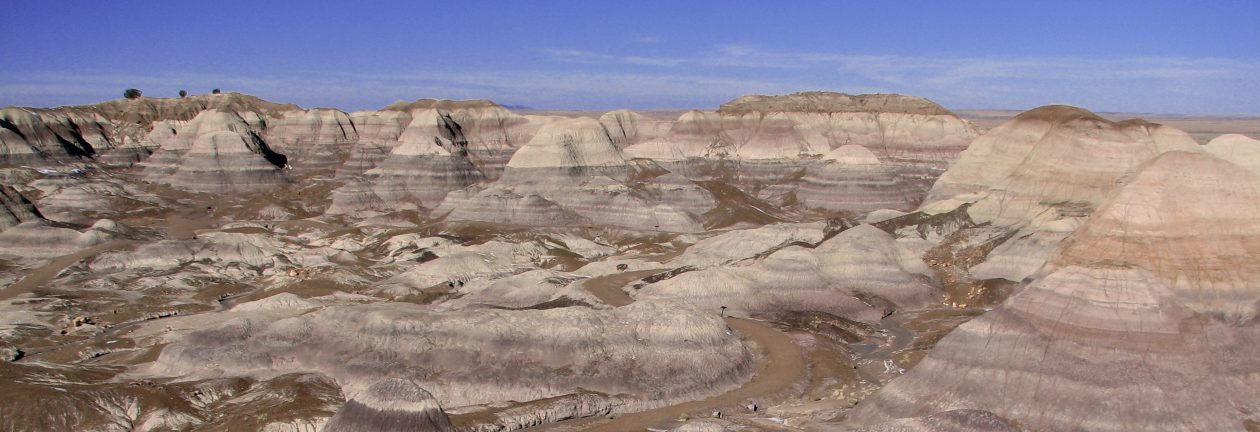Kathmandu, Nepal
I woke up today shortly after 07:00, got ready, grabbed my passport and camera, and walked down to the Indian Visa Application building (located next to their embassy). I arrived at the building just after 08:00 and there was already a decently sized line. I stood in line for the next eighty minutes or so, chatting with another American, his Finnish girlfriend, and a woman with both a British and French passport; I also had a brownie and tea sold by a Long Islander named “Bill” who runs the nearby “Sal’s Pizza” restaurant (I was told by the English/French woman, who has known him for the past nine years, that Bill is a big movie buff; so, no doubt, his restaurant’s name comes from Spike Lee’s ‘Do the Right Thing’). The gate to the Visa Application building opened at 09:30, I entered inside, grabbed a ticket number, and then sat down next to the English/French woman to wait for my number to be called; I talked with the European bi-citizen for the next hour before my number was called; I approached the counter, found at that my Visa Application was approved (thank God, since not all questions – particularly about my past life – were answered truthfully), turned in my passport, and then left the building to find a taxi o take me to Bhaktapur (it was now just past 10:30).
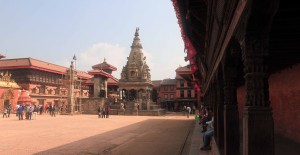
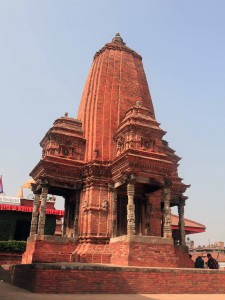
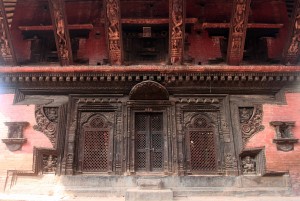
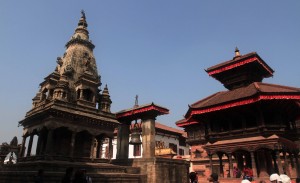
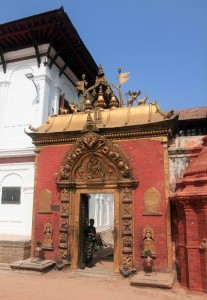
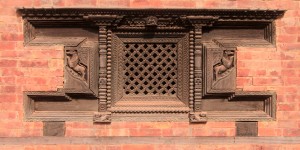
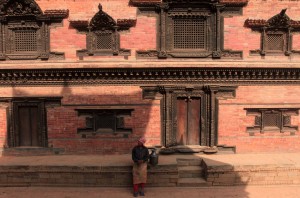
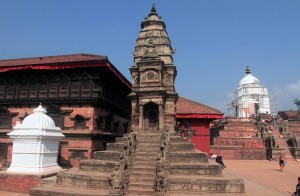
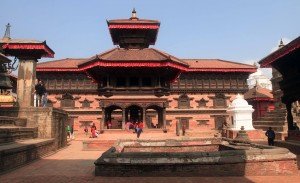
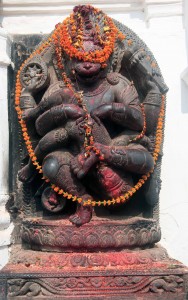
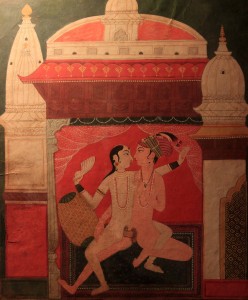
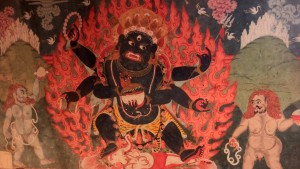
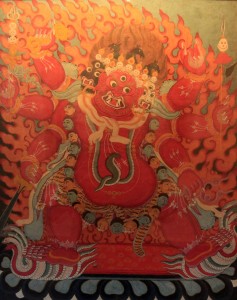

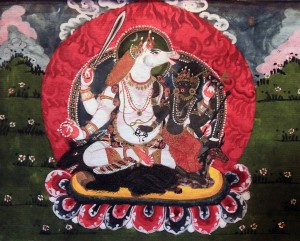
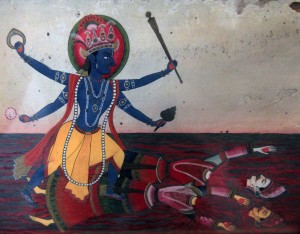
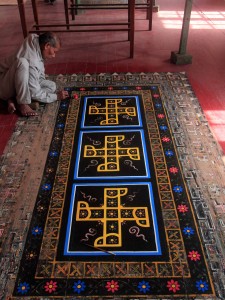
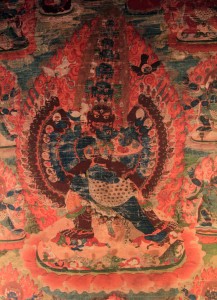
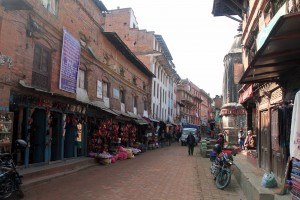
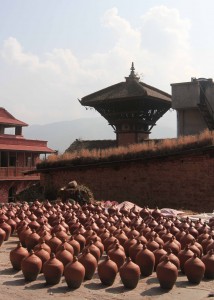

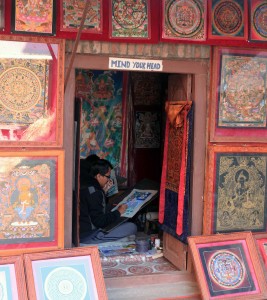
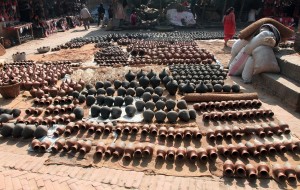
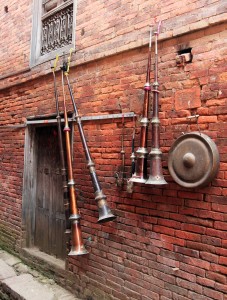
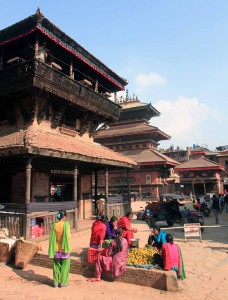
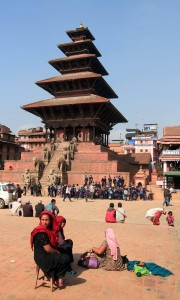
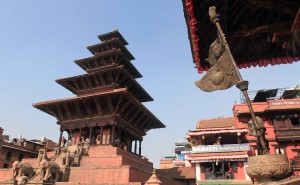
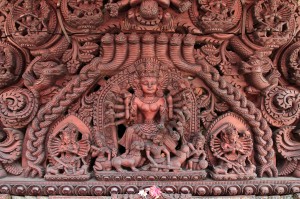

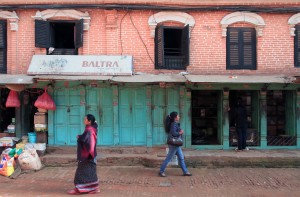
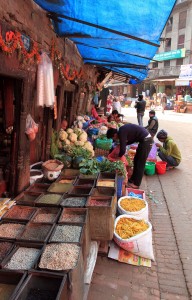
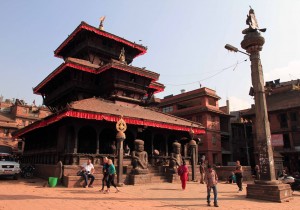

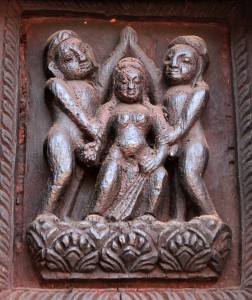
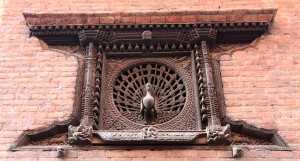

I found a taxi, asked the price to Bhaktapur, and the price turned out to be nearly reasonable; so I accepted and the taxi-man drove me eastward to Bhaktapur. Once I had arrived, I paid the entrance fee at Bhaktapur Durbar Square, and then began to walk around the square. I enjoyed the wood-worked screens and doors adorning the red brick buildings in Bhaktapur (the mix of wood-carved windows, screens, and doors with brick buildings are commonplace in Kathmandu and is easily one of the best things about this country), the temple with erotic art (Hindu pornography!), and stone sculptures. After walking around the square for some time, I entered in to the National Art Gallery, where I was treated to many Hindu sculptures and paintings (some lewd Kama Sutra depictions were on display as well – I wonder what all the school children visiting the museum thought of that); I also walked through Lu Dhowka (the “Golden Gate”), which led to a temple for Hindus only (booo!), before continuing on past the “Palace of Fifty-five Windows” and through Bhaktapur’s winding archaic streets. I next walked to “Pottery Square”, which had many pots drying out in the sun, displayed for potential buyers (it was a nice photographic spot). I then walked to Taumadhi Square, which has Nyatapola temple (the most dominant temple in this square, a five-storeyed pagoda, which was built by King Bhupatindra Malla in 1702 AD), Bhairabnath temple, and Tilmadhav Narayan temple. After walking around the square and up the steps to the top of Nyatapola temple, I moved on, down the main avenue in Bhaktapur, to Duttatraya Square, the oldest part of the city, which has Bhimsen temple and the famous “peacock window”, an intricate woodcarving featuring a depiction of a peacock that is built in to the brick wall (this part of Bhaktapur also has many excellent woodcarvings on sale for tourists ton take home with them). After seeing Bhaktapur’s finest historical buildings and artwork, I walked north through this historic city to where the taxis and bus stops were located; I asked one taxi driver how much it would cost to travel to Changu Narayan and he told me “one thousand rupees”; I laughed and told him that he blew his chance to make money and he could now drive around by himself; I then walked to the near by bus stop and waited for about forty minutes for the local transport to arrive, the Nepali bus that would take me to Changu Narayan.

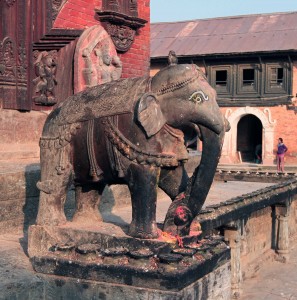
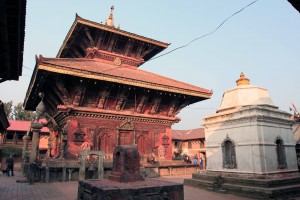
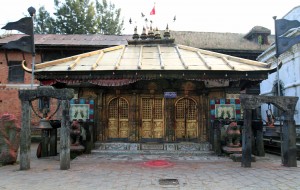
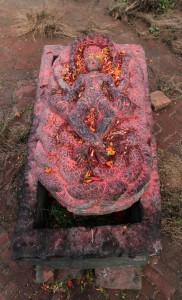
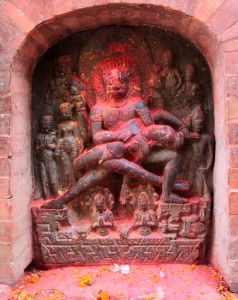
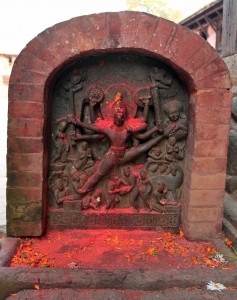
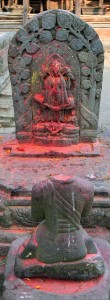
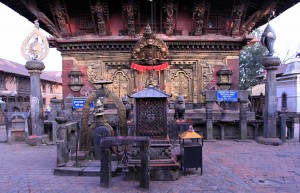
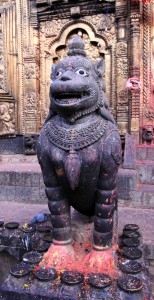
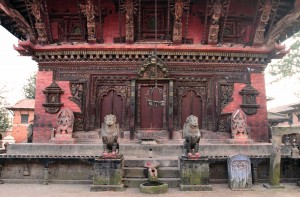
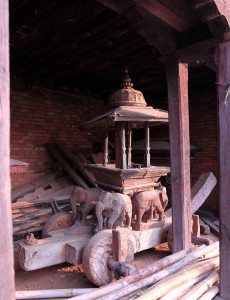
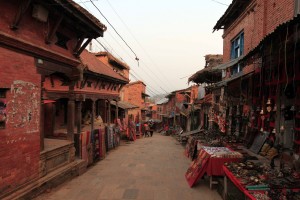
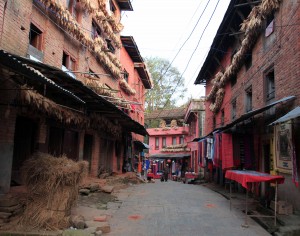
The bus arrived, I got on – as did many other passengers -, and we drove off to Changu Narayan. The journey took us up a to a hilltop, past green fields and cold steel rails, to Changu Village, the small collection of guesthouses, restaurants, and souvenir stores surrounding the famous temple – Changu Narayan has existed since 325 AD (according to legend) during the reign of King Licchavi King Hari Datta Verma. I walked through the village, short walk, but rather nice, to the temple. I then walked around the temple, admiring all the Hindu sculptures and buildings (the main temple also had Hindu pornography carved in to is supporting wood members and on each corner was a carving of some creature with a small monkey hanging from its “monkey”); I took many pictures and thoroughly explored the complex before calling it a day (the sun was nearly set) and heading back to the bus stop. I got on the bus, was driven back near Bhaktapur, switched buses, and then was driven to Ratna Park in Kathmandu; from there, I walked to Thamel, bought a chicken wrap for dinner, as well as a bottle of Bardolino (it tasted of plums and red berries; it was also too light for my tastes), pistachios, almonds, dried figs and other fruits, olives, and cheeses to snack on. I then relaxed back inside the hostel, snacking down, and I downloaded Pink Floyd’s newest album, ‘The Endless River’, unfortunately I did not get a chance to listen to it in the night and fell asleep past 02:00.
